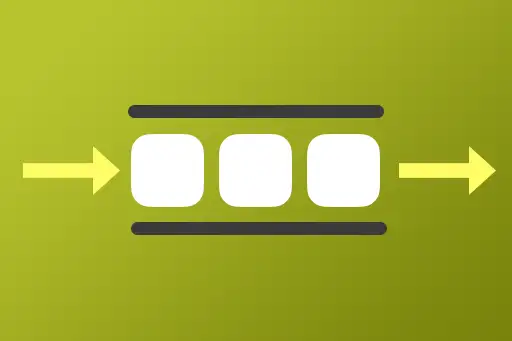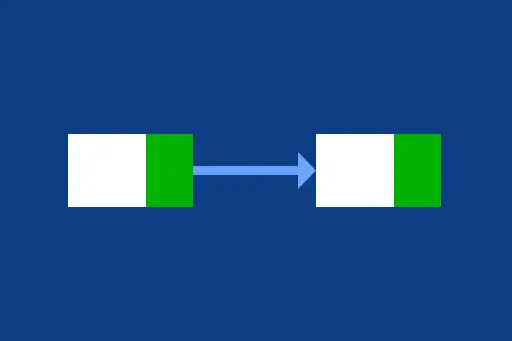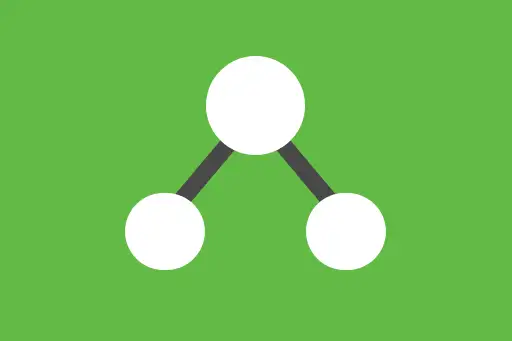Stacks are a fundamental data structure that follow the Last-In First-Out (LIFO) principle. This means the last element added to the stack will be the first one to be removed. Stacks are simple yet powerful and are widely used in compilers, undo-redo systems, recursion, and expression evaluation.
What is a Stack?
A stack is a linear data structure that allows operations only at one end — called the "top" of the stack. You can push (insert) an element to the top or pop (remove) the top element. Because of this restricted access, stacks enforce strict ordering and control.
Key Features of Stacks
1. LIFO Order
Stacks follow Last-In First-Out order. The most recently added element is always the one that gets removed first. This behavior makes stacks ideal for scenarios where you need to reverse data or keep track of nested operations.
2. Push and Pop Operations
Stacks allow two primary operations: push() to add an element and pop() to remove the top element. These are fast and typically operate in constant time.
Push
Pop
3. Top Access Only
You can only access the top element of a stack directly. Other elements cannot be accessed without popping the ones above them. This restricted access enforces disciplined usage in recursive or backtracking problems.
4. Efficient In-Place Operation
Stacks operate efficiently in-place. Push and pop operations do not require shifting elements or reallocating memory, which ensures performance and memory optimization.
5. Can Be Array or Linked List Based
Stacks can be implemented using arrays or linked lists. An array-based stack has a fixed capacity unless dynamically resized, while a linked list-based stack grows dynamically without size limitation.
Common Use Cases of Stacks
1. Function Call Management
Stacks are used internally by programming languages to manage function calls. Each function call is pushed onto the call stack and popped off once the function returns. This allows the system to track local variables, return addresses, and execution flow.
2. Undo/Redo Functionality
Applications like text editors use stacks to implement undo and redo. Every action is pushed onto an undo stack, and when undone, it’s pushed onto a redo stack, allowing seamless reversal and restoration of user actions.
3. Expression Evaluation
Stacks are important in evaluating arithmetic expressions (infix, postfix, prefix). Operands and operators are processed using stack rules to convert and compute values efficiently without recursion.
4. Syntax Parsing and Balancing
Stacks are used to check for balanced parentheses, braces, and tags in compilers or interpreters. Every opening symbol is pushed, and every closing symbol checks the top — making stacks perfect for such structural validations.
5. Backtracking Algorithms
Stacks power depth-first search (DFS) in graphs, maze-solving problems, and other recursive or backtracking-based solutions. They maintain the path and state during exploration, enabling efficient backtracking when needed.






Comments
Loading comments...